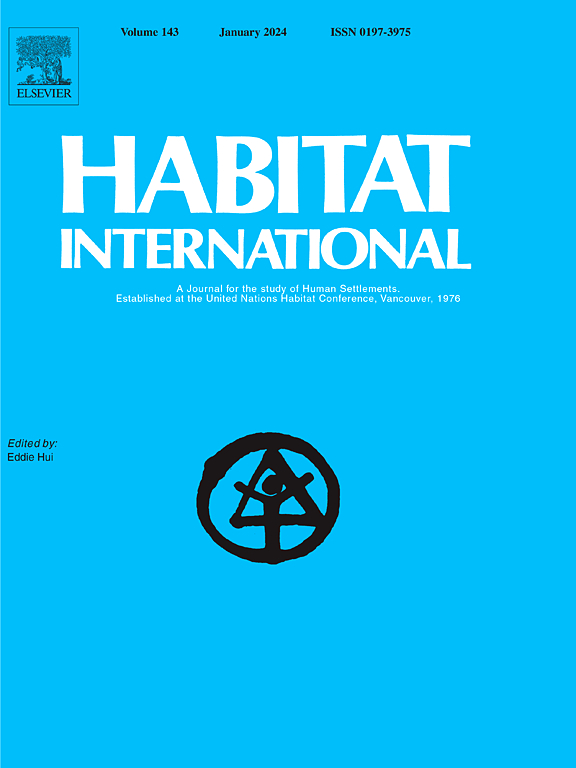Evaluating the symbiotic interface for city-lake synergy: Evidence from Kunming city and Dianchi Lake in Southwest China (1990–2020)
IF 6.5
1区 经济学
Q1 DEVELOPMENT STUDIES
引用次数: 0
Abstract
Investigating the city-lake nexus offers a scientific framework for the development of spatial optimization strategies. To foster a harmonious and aesthetically pleasing urban China where human-water coexistence thrives, the advancement of an integrated development paradigm encompassing land use efficiency, habitat quality, and environmental conservation has become central to spatial planning and management at the city-lake interface. Prior research has predominantly focused on governance strategies predicated on the overarching relationship between urban areas and lakes. Nonetheless, the absence of precise spatial delineation at the interface has resulted in these strategies being inadequate for fostering synergistic city-lake development. Dianchi is the largest urban lake on the Yunnan-Guizhou Plateau, and its management has long received attention at China's national level. This study employs spatial raster data to develop assessment indicators for city-lake development dynamics and to quantify the coupling coordination degree of the city-lake relationship at the symbiotic interface, examining the spatial and temporal evolution over the period from 1990 to 2020. By integrating the historical urban expansion of Kunming with Dianchi Lake's pollution control efforts, we propose a sustainable symbiosis strategy aimed at fostering synergistic city-lake development, with the overarching goal of improving urban sustainability within the context of plateau lake conservation.
求助全文
约1分钟内获得全文
求助全文
来源期刊

Habitat International
Multiple-
CiteScore
10.50
自引率
10.30%
发文量
151
审稿时长
38 days
期刊介绍:
Habitat International is dedicated to the study of urban and rural human settlements: their planning, design, production and management. Its main focus is on urbanisation in its broadest sense in the developing world. However, increasingly the interrelationships and linkages between cities and towns in the developing and developed worlds are becoming apparent and solutions to the problems that result are urgently required. The economic, social, technological and political systems of the world are intertwined and changes in one region almost always affect other regions.
 求助内容:
求助内容: 应助结果提醒方式:
应助结果提醒方式:


